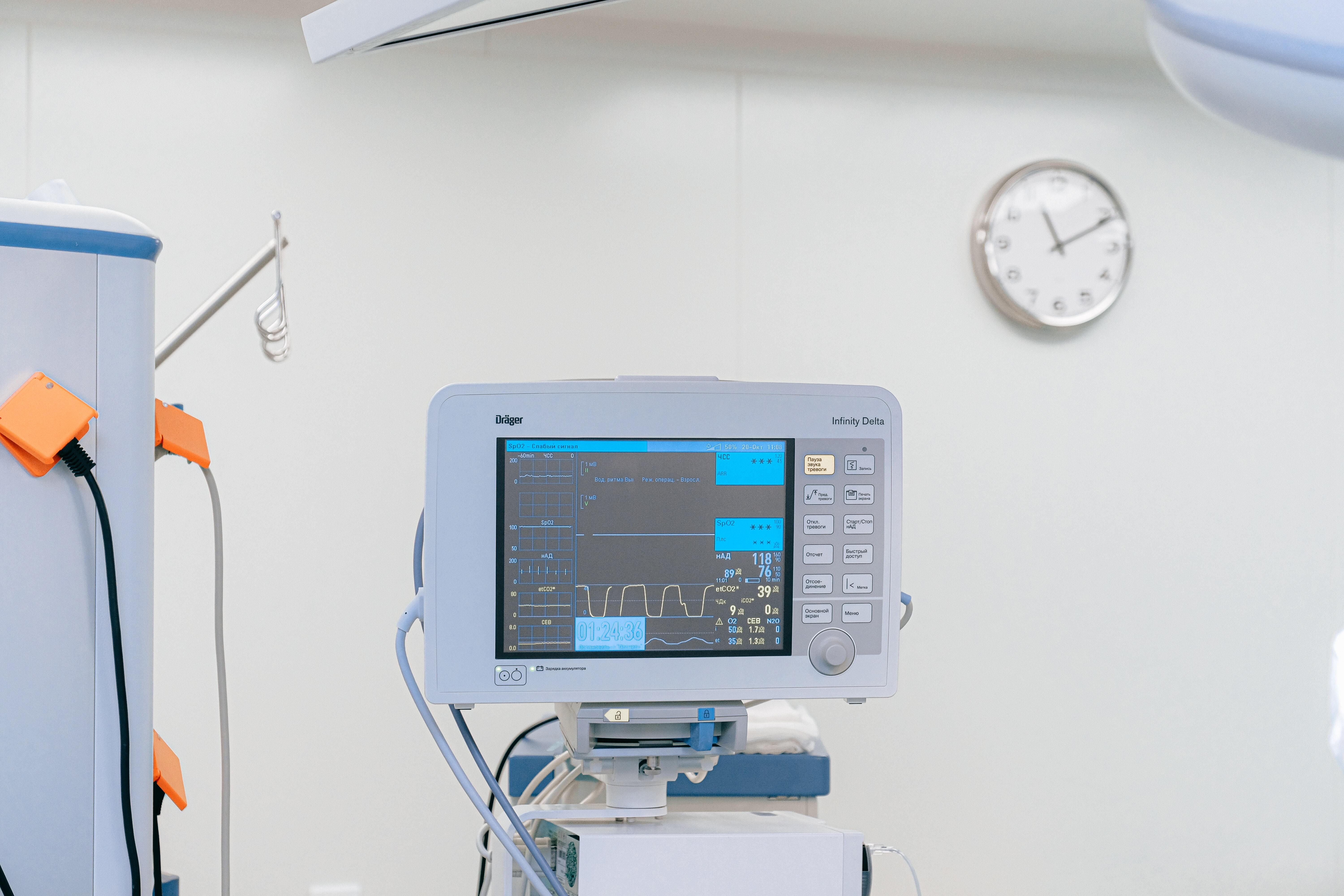
The Medical Device Regulation (MDR) shapes the landscape of medical device manufacturing, distribution, and usage within the European Union. Enforced since May 26, 2021, the MDR outlines stringent requirements for ensuring the safety, quality, and efficacy of medical devices.
Specifically, the MDCG 2020-3 Rev.1 guidance document addresses the treatment of legacy devices. These are devices previously certified under the Medical Devices Directive (MDD) or the Active Implantable Medical Devices Directive (AIMDD). This blog post covers significant changes under Article 120(3) MDR and the vital role the grace period plays in ensuring a seamless transition.
Understanding the Medical Device Regulation (MDR)
The MDR is a relatively recent shift in the regulatory landscape governing medical devices within the European Union. Developed as a response to technological advancements and evolving healthcare needs, the MDR replaces the MDD and introduces a more rigorous framework to address the challenges posed by an increasingly complex and diverse array of medical devices. The MDR encompasses a comprehensive set of regulations that encompass everything from design and manufacturing to distribution and post-market surveillance.
This regulation sets higher standards for clinical evidence, risk management, post-market surveillance, and conformity assessment, fostering a robust ecosystem where patient welfare takes precedence.
Grace Period and Legacy Devices
With the MDR's enforcement, a grace period was instituted to facilitate a smooth transition for medical device manufacturers. Article 120(3) of the MDR outlines that devices complying with the AIMDD or MDD can continue to be placed on the market or put into service under specific conditions. This grace period acknowledges that a complete transition to the new regulatory framework requires time, allowing manufacturers to align their processes and products with the MDR.
Devices covered under this grace period are termed 'legacy devices.' These encompass class I devices under the MDD that necessitate notified body involvement for MDR compliance, as well as devices holding valid EC certificates according to AIMDD or MDD obtained before May 26, 2021.
Understanding Legacy Devices
Article 120(3) of the MDR allows for a transition period during which devices complying with the AIMDD or MDD can continue to be placed on the market or put into service until specific dates, provided they fulfil the conditions outlined in Article 120(3c) MDR. These devices are referred to as 'legacy devices.' MDCG Guidance Document 2021-25 defines legacy devices as those meeting certain conditions and clarifies that they encompass:
1. Class I devices under MDD with a pre-May 26, 2021 EC declaration of conformity that require notified body involvement for MDR compliance.
2. Devices covered by valid EC certificates issued according to AIMDD or MDD before May 26, 2021.
Significance of 'Significant Changes
Central to the MDCG 2020-3 Rev.1 guidance is the concept of 'significant changes.' These changes pertain to alterations in the design or intended purpose of legacy devices. Importantly, during the grace period, legacy devices must avoid significant changes in design or intended purpose to maintain their validity. The term 'significant change' embodies two interconnected elements: a change in design or intended purpose, and the assessment that this change is indeed significant.
This pivotal concept necessitates a meticulous evaluation of any modifications to legacy devices, ensuring they align with the AIMDD/MDD criteria while adhering to the defined parameters of significance. Manufacturers bear the onus of substantiating that a change either doesn't impact design or intended purpose or, if it does, that it remains non-significant. This tailored assessment must be well-documented and accessible for competent authorities' scrutiny when required.
The term 'significant change' comprises two elements:
1. A change in design or intended purpose.
2. The change is deemed significant.
This implies that non-design or intended purpose changes do not fall under Article 120(3) MDR, and even design/intended purpose changes are subject to scrutiny for significance. Manufacturers hold the responsibility to justify that a change doesn't affect design or intended purpose or, if it does, to demonstrate that it's non-significant, on a case-by-case basis. This assessment's outcome must be documented and available for competent authorities when requested.
The Transition Process
For changes deemed non-significant, the MDR certification isn't necessary during the transition period. Manufacturers must adhere to AIMDD/MDD documentation requirements, ensuring updated technical documentation reflects compliance with relevant standards.
In cases where a notified body is involved (e.g., when QMS approval is required), the verification of changes is part of surveillance activities or pre-approval submissions. The notified body can confirm in writing that a change isn't a significant change, allowing the legacy certificate's validity to continue.
Differentiating Changes
The guidance offers clarity on changes that aren't considered significant:
1. Administrative changes: Alterations to manufacturer details, authorized representatives, manufacturing sites, suppliers, or material specifications (without affecting risk/benefit ratio) typically aren't considered design or intended purpose changes.
2. QMS changes: Changes to quality management systems, production monitoring, and operations environment don't usually impact design or intended purpose.
On the other hand, changes affecting design or intended purpose are assessed based on the AIMDD/MDD criteria.
MDCG 2020-3 Rev.1 presents a roadmap for manufacturers navigating the transition of legacy devices from MDD/AIMDD to MDR compliance. By clarifying the concept of significant changes and delineating the assessment process, this guidance empowers manufacturers to make informed decisions while ensuring continued validity of certificates. As the medical device landscape evolves, adherence to such guidance is crucial for ensuring patient safety, regulatory compliance, and successful market access for legacy devices.
Reference document: